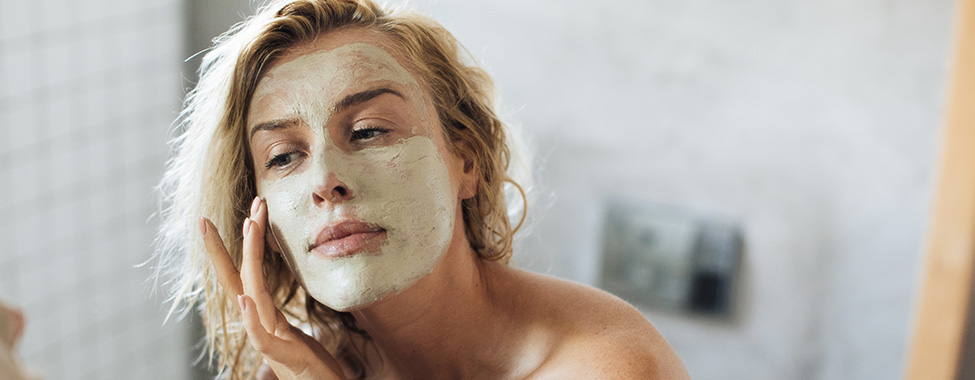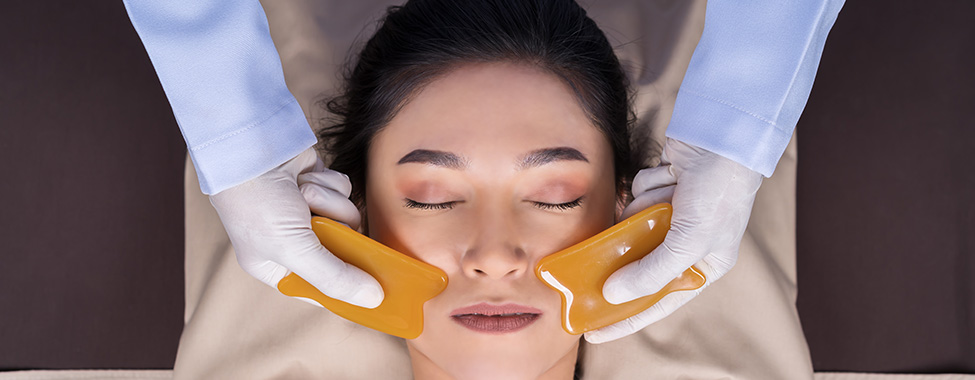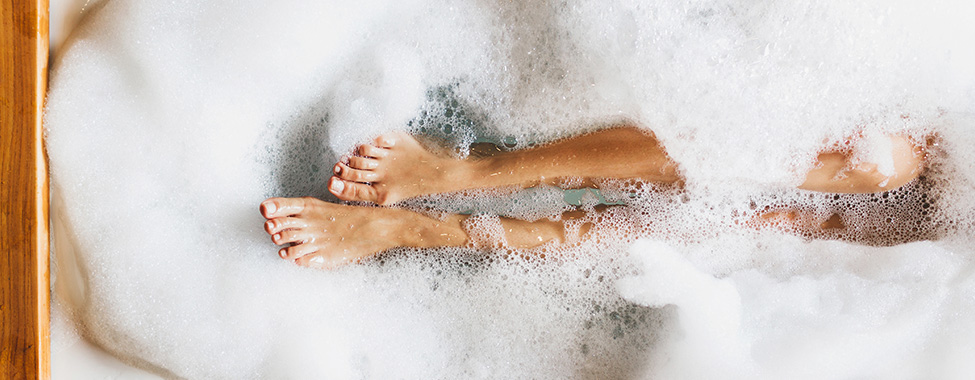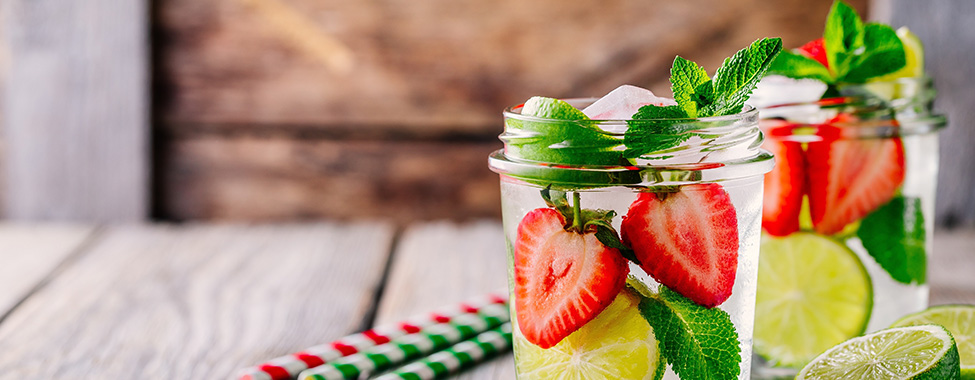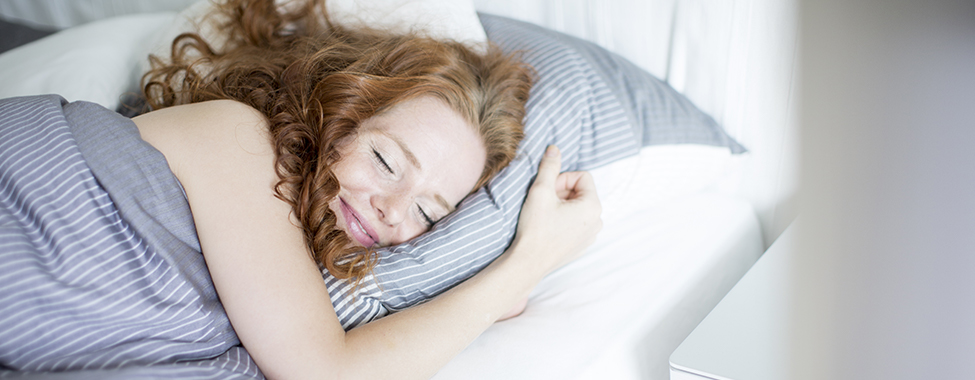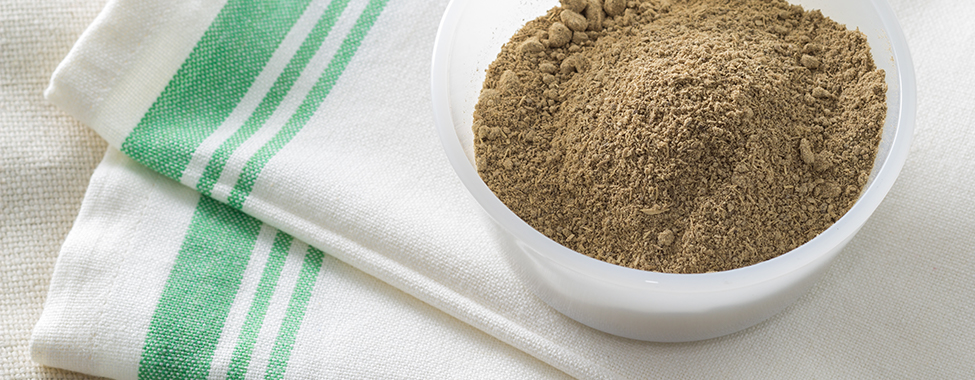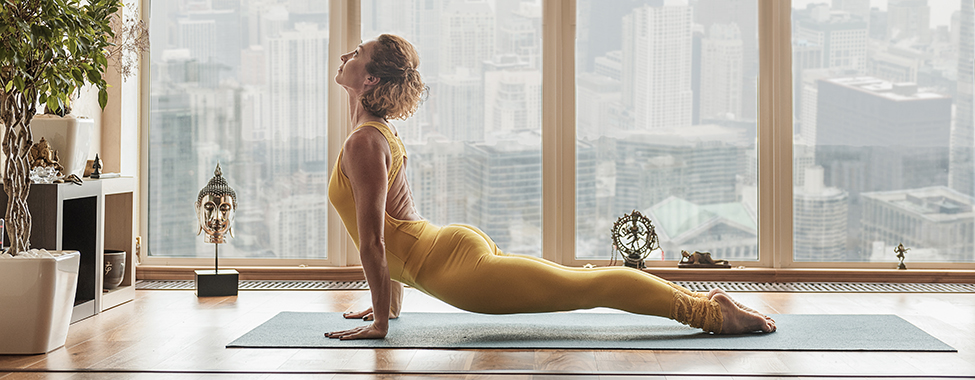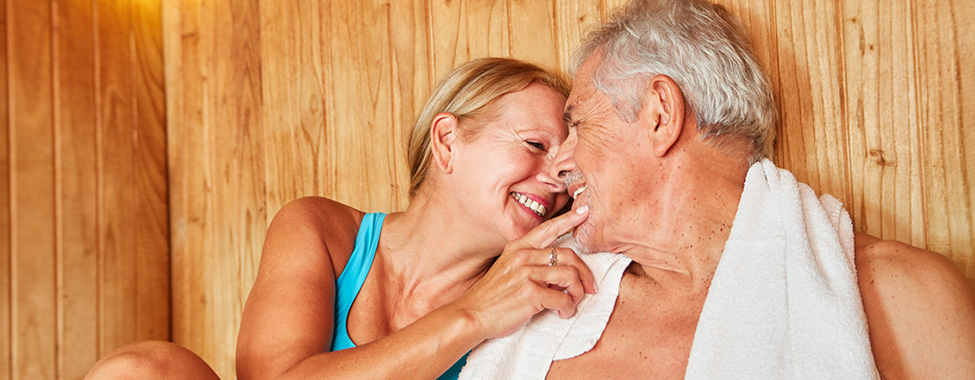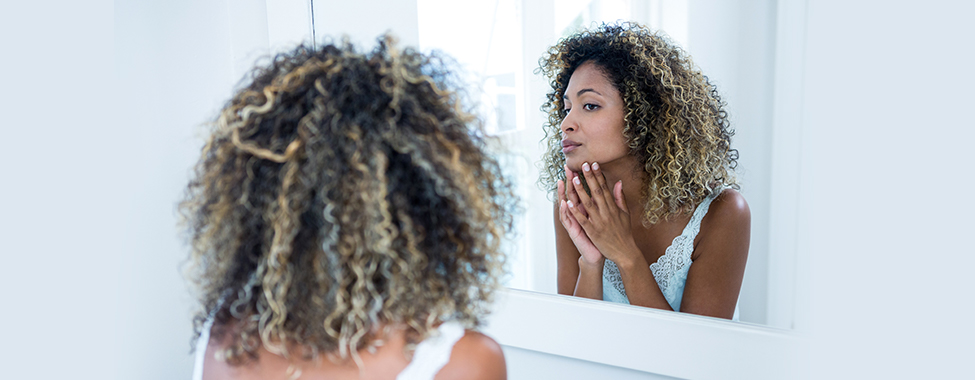Sauna use goes way back, and they have a strong presence in many cultures. While today’s modern steam and infrared saunas may have chromotherapy, red light therapy, and halotherapy, the original saunas came from humble roots. Read on to learn about the history of saunas and how they have played an integral part in health, wellness, and even social practices throughout history.

The Beginnings: Types of Saunas & Similar Experiences
As humans developed the ability to make fire at will, the first ‘Saunas’ were built. Fire not only allowed our ancestors to cook their food, but it also brought with it the means to intentionally heat the body. The first Saunas built in Africa were developed to rid the body of infectious disease. While rudimentary in their structures, the methodology was effective.
Far from the upscale saunas found in spas of developed countries today, the design of the first heat therapy developed in East Africa had the same intention. Clearly, human beings have used the specific technology at their disposal to create heat structures with the motivation of inducing profuse sweating, to cure disease, and optimize health.
Finnish Saunas
To explore the history of saunas, a good start is learning about the great Finnish tradition of sauna use thought to date back as far as 7000 BC. For residents of Finland, a sauna is not a luxury, but rather a necessity. There is on average one sauna per household (3 million saunas in Finland serving a population of 5 million), and sauna therapy is the cornerstone of Finnish culture. The country’s reverence for its health benefits, tradition and community support have made it among the world leaders in sauna therapy. Most dry heat saunas found in developed countries today are based on the modern construction of the Finish archetype.
The earliest known sauna structures date back 2000 years and were dug into the earth and lined with stone. The structure of saunas in Finland has evolved substantially over thousands of years. Traditionally, stones are heated up in the fire and water are poured over them to create steam and heat.
Today, saunas are heated with hot stones, wood stoves, hot embers, and electricity. Typically the structures are made of wood, as trees are in great abundance in the Baltic States. The Savusauna, or smoke sauna, takes place inside an unventilated space. A fire is stoked and once the flames burn out, smoke is released from the room and individuals can step inside to enjoy the emanating heat. Finnish sauna connoisseurs consider this version of the sauna to be the most effective.

Roman and Greek Bathhouses
Roman and Greek Bathhouses paved the way for modern spas today. Heat therapy was integral to these communities in the form of a hot spring bath and steam rooms. The Roman and Greek bathhouse was a cornerstone of society and shaped one of the most powerful civilizations ever known. The investigation sauna history would not be complete without honoring the Roman and Greek tradition.
The bathhouse provided an opportunity to purify the body through intense sweating thus opening up the pores to detoxify the body of pollutants and promoting heightened states of health. Purification of the body was the original intent, but bathhouses evolved into a social meeting place, where political decisions, business deals, and social gatherings occurred.
Sweat Lodges
A sweat lodge is a dark dome made with clay, rocks, and grass that fits 10-15 people. Hot rocks are placed in the center of the dome lodge, then water spilled over the rocks to create steam to heat up the well-insulated unit. The darkness, heat, prayer, and music create an environment to unveil the curtain between the physical and spiritual. The expectation is that through physical purification, profound mystical experience transpires.
The sweat lodge recognizes the inextricable connection between spirit and body, while the heat fosters the health of the body through purification and opens the spirit to communion with the divine. This profoundly ceremonious, spiritual tradition has been steeped in the culture of Native Americans, including South, Central, and North America for thousands of years, along with the Maori of New Zealand and aboriginal people of Australia.
Turkish Hammams
A Turkish Hammam was a bathhouse created inside ornate buildings and became a safe haven for spiritual and social communion. Their popularity grew during the Ottoman Empire to include the entire Islamic world. Participants of the Turkish Hammam began in hot air rooms to initiate deep states of relaxation. The tradition of spiritual and physical purification of the Turkish Hammam spread into Europe and became a staple during the Victorian Era.
Following the hot air room sessions, participants would move into a room of hotter, drier temperatures, and finally, purify the body with cool water. Similar to modern day spas, massage was available as was specified hair removal and other treatments to purify, relax and beautify the body.

The History of Infrared Saunas
The advent of electricity in the late nineteenth century gave birth to the first infrared sauna. John Harvey Kellogg dedicated his life to holistic healing modalities including a well-balanced diet, colonics, regular exercise, and sauna therapy. Mr. Kellogg recognized the profound healing effects of purification through intense sweating and wanted to improve upon the traditional sauna therapy being used.
He turned to the first electrical light bulb and created his ‘Incandescent Light Baths’. Patients entered cabinet-like structures heated with exposed light bulbs that generated profuse sweating. In addition to the prolific sweating, Kellogg noticed the profound impact of exposure to light. The incandescent light bulbs were found to primarily emit infrared light that penetrated deeply into the skin membrane. This penetrative lighting was so effective in its ability to produce excessive sweating, and therefore detoxification, that it became the forefather of the infrared sauna we know today.
Below is a timeline of infrared sauna history:
- 1893: Kellogg’s Incandescent Bath Lights are shown at the World’s Fair in Chicago and skyrocket in popularity and across the world.
- 1960s: NASA takes an interest in the variety of wavelengths created through the infrared. The discovery of the near, mid and far infrared wavelengths catapulted the sauna to its next evolutionary state.
- 1965: A Japanese doctor received the first patent to create a ceramic infrared sauna using far-infrared wavelengths. Until the late 1970s, Japanese doctors were the only known medical practitioners to use far infrared sauna treatment for their patients.
- 1979: The first full spectrum infrared saunas became available to the public in the United States. In the last twenty years, heating systems have been honed to create optimal infrared wavelengths that promote comfort, safety, and ultimately profuse perspiration.
Today, infrared sauna use is one of the most effective holistic health practices. Additional features for the modern sauna now include extra health tools such as chromotherapy, halotherapy, While modern-day saunas offer a luxurious experience and sleek designs, they do not stray too far from the initial design and intent of the original Finnish sauna. Saunas have evolved over the years but have held true to their main goal to create a healthy life both physically and mentally.
 Canada
Canada Australia
Australia New Zealand
New Zealand Germany
Germany UK
UK EU
EU Ireland
Ireland Malaysia
Malaysia China
China




